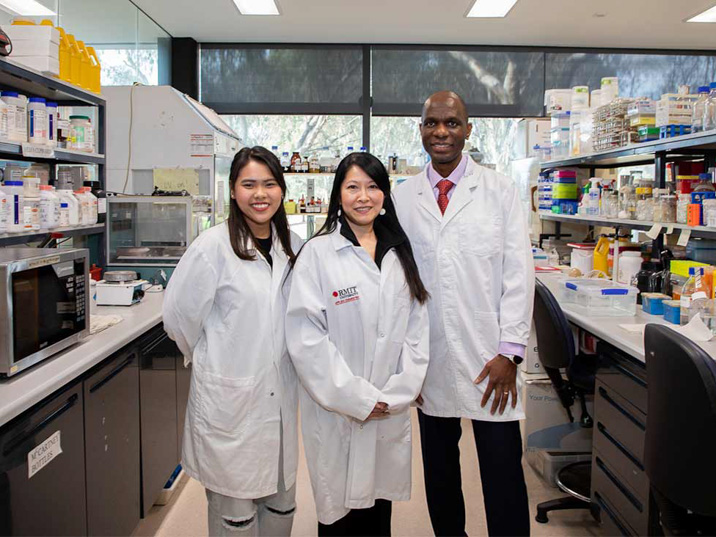A research team from RMIT University, UNSW, the Hong Kong Polytechnic University and the Australian Research Council Training Centre in Fire Retardant Materials and Safety Technologies has developed a number of fireproof cladding materials made out of mycelium fungi grown from renewable organic waste.
The fungal strands, utilised previously within the built environment in various projects, have been chemically manipulated by the research team to withstand fire and protect buildings and their occupants. Different growth conditions to the usual environment mycelium is grown within creates resistant paper-thin sheets.
The research team is intent on improving building safety, following a number of residential building tragedies, namely London’s Grenfell Tower fire. RMIT Associate Professor Everson Kandare believes the fungi sheets are as resistant as manufactured fireproofing materials, and do not emit harmful chemicals when they burn.
“The great thing about mycelium is that it forms a thermal protective char layer when exposed to fire or radiant heat. The longer and the higher the temperature at which mycelium char survives, the better its use as a fireproof material,” he says.
“Bromide, iodide, phosphorus and nitrogen-containing fire retardants are effective, but have adverse health and environmental effects. They pose health and environmental concerns, as carcinogens and neurotoxins that can escape and persist in the environment cause harm to plant and animal life.
“Bioderived mycelium produces naturally occurring water and carbon dioxide.”

RMIT Associate Professor Tien Hynh (pictured above, centre) believes the eco-friendly sheets could be on the market in the near future.
“Plastics are quick and easy to produce, whereas fungi is slow to grow and relatively harder to produce at scale,” she says.
“However, we’ve been approached by the mushroom industry about using their fungal-incorporated waste products. Collaborating with the mushroom industry would remove the need for new farms while producing products that meet fire safety needs in a sustainable way.”
The researchers are now looking to create fungal mats reinforced by engineering fibres to delay ignition, reduce the flaming intensity and improve fire safety ranking.
The findings of the research team has been composed in a paper, titled “Fireproofing flammable composites using mycelium: Investigating the effect of deacetylation on the thermal stability and fire reaction properties of mycelium”. It has been published in the journal Polymer Degradation and Stability.

